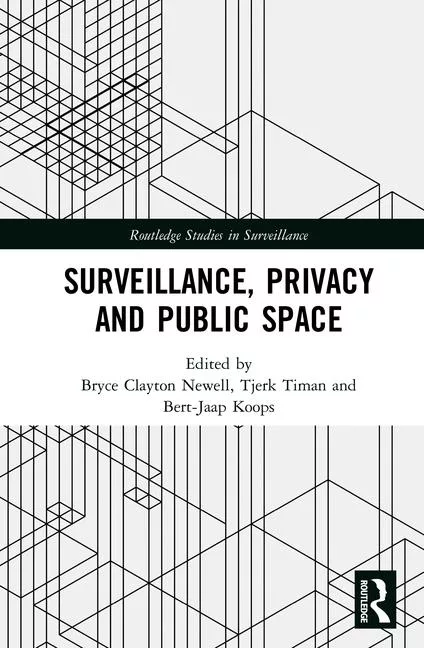Playing it Safe on Campus

The population of a college or university campus is constantly moving and in a constant state of transition that requires its security directors to change as well. Just ask Fred Behr, director of Public Safety at St. Olaf College in Northfield, Minn. “We operate in an ‘artificially created community’ where each year, 25 percent of our population changes and the majority of our population are 17 to 23 year olds,” he says.
“We have an open environment that encourages visitors and city residents to come to our campuses and utilize our facilities. The residential aspect of our communities, unlike many other security settings, also brings special challenges. The needs of residential students are different in that they require safety and security services 24 hours a day. These services include safety escorts, building access, crime prevention, patrols, criminal investigations, medical emergencies, vehicle assists and parking/traffic management.”
FINDING SECURITY SUCCESS
One way that Jacksonville State University (JSU) is preventing incidents is through use of biometric readers at perimeter doors in its 10 residence halls. JSU has 1,600 students on its Jacksonville, Ala. campus. The SMS from AMAG Technology, forces students to key in a unique ID number and place their hand on the biometric reader to gain access into their residence hall.Kevin Hoult, JSU, director of Housing and Residence Life, says, “Students must enter their student identification number into the keypad and then scan their hand to gain access to their hall. Anyone can get another student’s ID card and use it. Students know their own ID number and of course, always have their hand with them. The one to one verification makes the process faster in processing time and also more reliable and more secure by reducing false positives and false negatives.”
A Little Knowledge Goes A Long Way
Consider the importance of perception. Richard Jewell, a security officer stationed in during the 1996 Olympics, discovered a pipe bomb at a crowded downtown venue. He notified police and helped evacuate the area, saving lives. But Jewell became a suspect for the bombing. Later, he was exonerated when Eric Rudolph confessed to the bombing. For both Richard Jewell and the public, perception was reality, and the impact on those involved was very real. Eventually, when the truth surfaced and the facts were told, perceptions were realigned to fit the new reality.
The Richard Jewell example illustrates the importance of critical thinking with a sharp focus on reality and filtering out perceptions. In school and university environments, perception may add to a feeling of insecurity among students – whether accurate or not – thus resulting in distractions, disinterest, and an overall inability to focus on learning.
While perceptions are widely and regularly measured in the political arena through polls, surveys that collect perceptions about security in and around a school are rare. Still, measuring perceptions about security in and around the school is important to complete the overall picture.
Survey Features: Quick and Anonymous
Anonymous crime surveys distributed to students, parents and staff is a way to collect and measure perceptions of security at school. By making the survey anonymous, administrators and security directors can solicit honest, uninhibited feedback. Students, in particular, are much more likely to share their true feelings and knowledge if they know they will not be singled out as a snitch. Similarly, staff and parents may feel more comfortable sharing feedback anonymously without fearing repercussions against their children, students, or jobs. The condition of anonymity yields more honest results.
Convenience is critical to generating a strong response from a survey. Because all respondent groups are presumably invested in the school community, a brief explanation at the beginning of the survey should explain the value of the results and how they will help create a safer, more comfortable learning environment. Also, surveys distributed electronically are generally the most convenient. Respondents can complete the survey on their own timeline, 24/7 and submit responses online, without having to keep hard copy papers and forms.
Survey Design: Keep It Simple
Survey design is important for ensuring strong participation and good results. The best surveys are brief, with simple, one-part questions and consistent answer banks to make progressing through the survey quick and easy.
Because the goal is to understand perceptions of crime, the survey should be worded to ask respondents their opinions about threats on campus. “How often would you say the following types of crimes occur on campus?” The answer bank could read: “Always, sometimes, rarely, never.” Then a long list of different crimes and unacceptable behaviors can be listed below.
Identify Areas
While security directors are generally extremely in-touch with security issues on campus, there is a possibility that some activities are occurring on or around campus without their knowledge. Some crimes are not reported by students out of fear or humiliation such as sexual assaults.
Uncover Concerns
While perception may not be reality, it influences where money is spent, and where attention and resources are directed. Security directors can use the results of the survey to identify and address concerns voiced by the community and dispel rumors and myths, and bring to light more serious issues that deserve attention and concern.
Measure Success
Conducted on an annual basis, anonymous crime surveys can be used to track issues and perceptions over time. They are also a great tool for measuring the impact of security communications campaigns.
Overcoming Opposition
Anonymous crime
surveys are simple and inexpensive to configure and administer, so why aren’t
more schools doing them? For some, it could be as simple as something they have
never before considered. For others, opposition stems from fear and liability
concerns. Yet, the sin of not knowing is more condemning than a program that is
in the process of implementation.
Information courtesy
of Jeff Floreno of Wren Solutions.
Looking for a reprint of this article?
From high-res PDFs to custom plaques, order your copy today!




